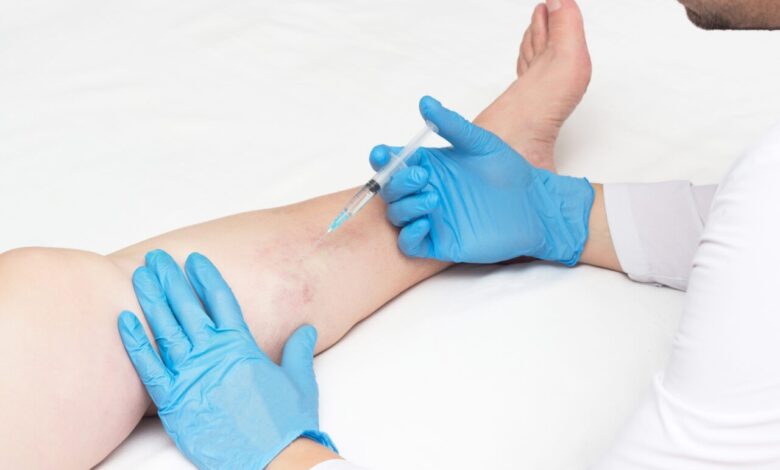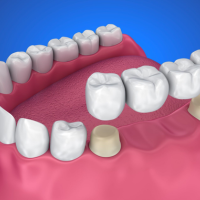Can Laser Treatment Effectively Prevent the Return of Spider Veins?

Spider veins, those small, red, purple, or blue vessels that often appear on the legs and face, can be a cosmetic concern for many people. While they are not usually harmful, they can affect self-esteem and body image. Laser treatment has become a popular method for removing these veins. However, a common question arises: Do spider veins come back after laser treatment? In this article, we will explore the effectiveness of laser treatment, factors that influence the return of spider veins, and preventive measures to consider.
Understanding Spider Veins and Laser Treatment
What Are Spider Veins?
Spider veins are dilated blood vessels close to the surface of the skin. They often resemble a web-like pattern, hence the name. Various factors contribute to the development of spider veins, including genetics, hormonal changes, sun exposure, and prolonged periods of standing or sitting.
How Does Laser Treatment Work?
Laser treatment for spider veins uses focused light to target and destroy the unwanted blood vessels without damaging the surrounding skin. The heat from the laser causes the veins to collapse and gradually fade from view. This method is favored due to its minimally invasive nature and quick recovery time compared to traditional vein removal methods.
Effectiveness of Laser Treatment for Spider Veins
Immediate Results
Many patients notice immediate improvements after laser treatment. The treated veins often begin to fade within a few weeks, with optimal results usually visible after a few months. The success rate for laser treatment can be quite high, with studies showing that many patients achieve satisfactory results.
Long-Term Results
While laser treatment is effective, it does not guarantee that spider veins will never return. The body is dynamic, and new spider veins can develop over time, especially if underlying risk factors remain unaddressed. This leads us to the crucial question: Do spider veins come back after laser treatment?
Factors Influencing the Return of Spider Veins
Genetics
Genetics play a significant role in the formation of spider veins. If you have a family history of spider veins, you may be more prone to developing new ones, even after successful laser treatment. Understanding your genetic predisposition can help you manage expectations and take preventive measures.
Lifestyle Choices
Certain lifestyle choices can influence the likelihood of spider veins returning. Prolonged sitting or standing, a sedentary lifestyle, and obesity can all contribute to the formation of new spider veins. Engaging in regular exercise, maintaining a healthy weight, and incorporating movement into your daily routine can help minimize the risk.
Hormonal Changes
Hormonal fluctuations, such as those experienced during pregnancy, menopause, or with hormonal therapies, can also contribute to the development of spider veins. Women are generally more susceptible due to hormonal changes. If you undergo hormonal treatments, discussing the potential effects on spider veins with your doctor is essential.
Preventing the Return of Spider Veins
Post-Treatment Care
After laser treatment, following your healthcare provider’s post-treatment care instructions is crucial. This may include wearing compression stockings, avoiding sun exposure, and refraining from strenuous activities for a certain period. Proper aftercare can enhance the results and minimize the risk of developing new spider veins.
Regular Exercise
Incorporating regular exercise into your routine can significantly impact your circulation and overall vein health. Activities such as walking, swimming, or cycling can help strengthen the leg muscles, improving blood flow and reducing the likelihood of spider veins returning.
Maintain a Healthy Weight
Maintaining a healthy weight can relieve pressure on your veins and reduce the risk of developing new spider veins. A balanced diet rich in fiber, vitamins, and antioxidants can also promote vein health.
Stay Hydrated
Hydration is essential for overall health, including vein health. Drinking enough water helps maintain optimal blood circulation, preventing the formation of spider veins. Aim for at least eight glasses of water a day, or more if you are active or live in a hot climate.
Consider Professional Consultations
Regular check-ups with a vein specialist can help monitor your vein health and address any emerging concerns promptly. If you notice new spider veins, early intervention can prevent them from becoming more prominent.
Conclusion
While laser treatment can effectively remove existing spider veins, it does not guarantee that new ones will not develop. Factors such as genetics, lifestyle choices, and hormonal changes can influence the likelihood of spider veins returning. By understanding these factors and taking proactive steps—such as maintaining a healthy weight, exercising regularly, and following post-treatment care—you can enhance the effectiveness of laser treatment and reduce the risk of spider veins returning.
If you’re considering laser treatment for spider veins or have concerns about their return, consult with a qualified healthcare provider. They can provide personalized advice based on your specific circumstances, helping you achieve the best possible outcome in your quest for clear, healthy skin.





